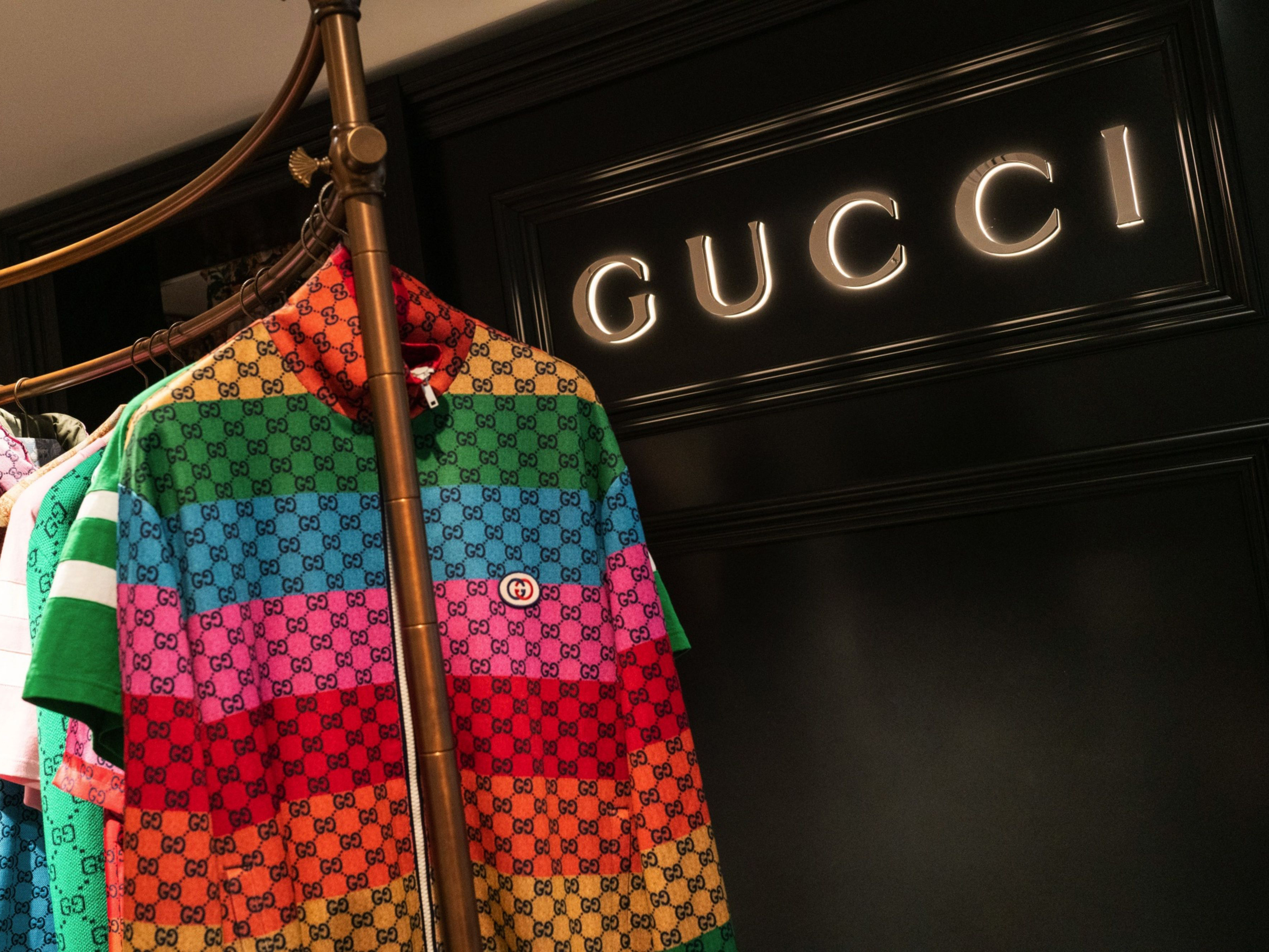
For luxury brands weathering the COVID-19 pandemic, the staunch refusal to allow discounting might turn out to be a luxury they can’t afford.
The luxury segment of retail — fashion apparel, jewelry, even high-end cars — often survives economic downturns better than mid-range goods. Rich people, it seems, always have money to spend. This time around, though, things might be different.
A glut of unsold product is forcing luxury merchandisers to make tough decisions on how to move inventory that is by its nature highly perishable. (Fashionistas wouldn’t be caught dead wearing last season’s collection.) In some cases, that has meant allowing deep discounting, especially for online sales — something the major luxury brands wouldn’t have considered in years past. The very notion of selling over the internet was unthinkable to many traditional designers and retailers.
Innovative solutions are called for. But the challenge lies in trying to sell pricey items without the customer being able to view them live and in person. Europe’s luxury market has been having an especially tough time selling during the lockdown, says Hadar Paz, co-founder and chief executive officer of Powerfront, Inc.
Powerfront is acutely aware of the problem. It sells a technology platform that provides an online customer experience for brands such as Gucci, Valentino and Neiman Marcus. Shoppers can view product and receive personalized attention from sales associates via video. Paz says the trend is picking up in the luxury space, with brands creating “mini-studios” inside their boutiques that “walk” customers through virtual store aisles and demonstrate product features.
Or not. Powerfront jumped into video in a big way as a substitute for store visits, only to discover that it wasn’t popular with would-be shoppers in that way. What has worked is the use of video for customer service and, ultimately, sales. “If you’re a customer talking to an in-store person via video chat, you’re twice as likely to buy from them than if talking to a person in a contact center,” Paz says.
For luxury brands, the whole environment around shopping is an important as the items on offer. “They provide an experience,” says Paz. “You get dressed, get treated nicely — it’s a fun thing to do. Stores are a big reason why people are spending money. Now that they’re not easily accessed, and older people aren’t going anywhere, why buy anything? They’re really hurting.”
The notion of the online mini-studio involves dedicating a portion of the store to items shown on camera. One of Powerfront’s largest luxury clients provides a 360-degree view of the room, which can be explored by shoppers with a few clicks of the keyboard or mouse, or through a smartphone. Still, when it comes to staging a compelling experience that actually drives purchases, the technology isn’t always up to snuff. And many customers still aren’t ready to swap the physical shopping environment for a virtual one.
Additional advances in technology could alter that dynamic. Despite their rocky start as a consumer product, augmented-reality eyeglasses might prove a more attractive means of visiting virtual stores, Paz says. Apple is rumored to be developing glasses that will significantly advance the state of wearable computing. “That will change the world,” says Paz, noting that at least one of Powerfront’s luxury customers has already inquired about the technology. “Everybody wants it.”
The big question that hangs over all this groundbreaking technology is whether it will remain attractive to consumers when the pandemic finally subsides. Luxury shoppers in particular might eagerly shed their devices and flock back to physical stores. And given the recent lifting of restrictions on gatherings in public spaces nationwide, that could happen sooner than later.
Paz doesn’t see the world of luxury retailing as completely rejecting recent advances toward the creation of a virtual shopping experience. “Of course things are going to change,” he says. “People who never liked shopping online are discovering they can actually do that. You’ll always have stores, but you’re looking at much lower foot traffic.”
It beats the indignity of discounting. “The race at the moment for retailers is to get prepared for this,” Paz says. “I don’t think it’s ever going to go back to what it was before.”







